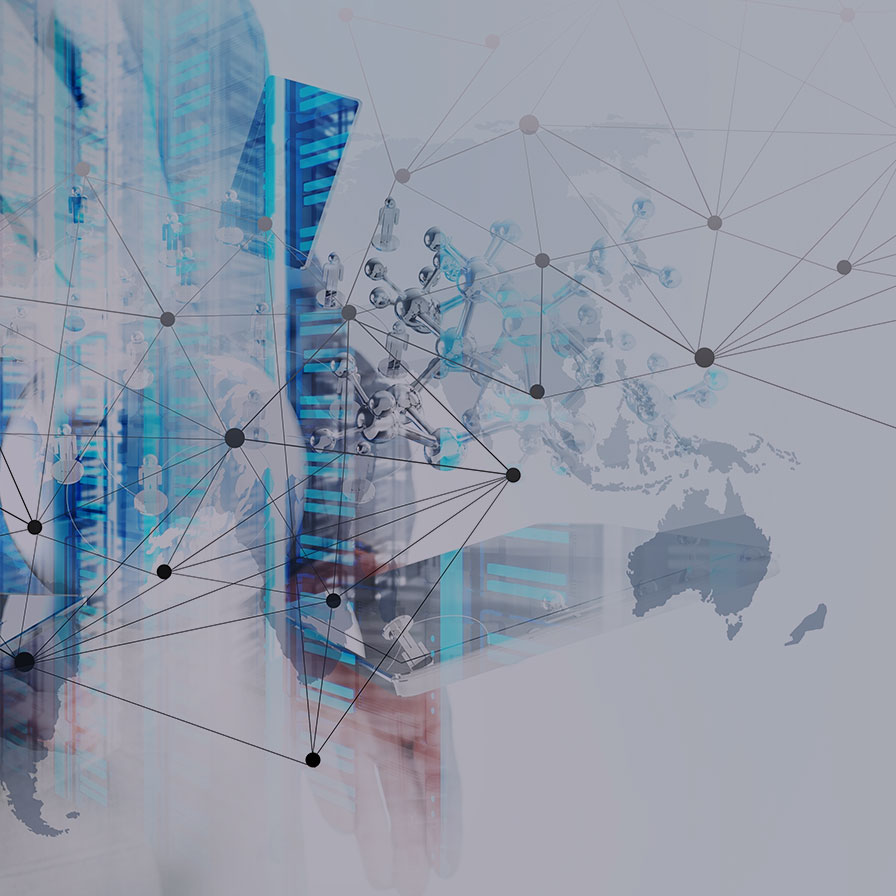Intro
Data and analytics continue to be top of the agenda for many organisations, either strategically in their own right, or as part of a wider digitisation initiative.
Fantastic progress is being made by several organisations that are using data in ways that create real value – and competitive advantage. Done correctly there is a real possibility of super charging business models, and getting ahead or owning disruption in industries and markets across the world.
So, what’s in store for the ever evolving and improving world of data and analytics in 2018?
Here we give 10 predictions for what we think is in store as we finish 2017 and move into a new year.
1 – GDPR:
With the new General Data Protection Regulations coming into effect in May of 2018 there has been more and more talk, hype, confusion and angst in 2017. Many organisations have got ahead and are very well placed, but there have also been some very public data breaches that prove there are very real threats to customers for their data and organisations for breaches of it.
Lots of organisations have spent 2017 gaining knowledge, but with the legislation coming into effect in such short timeline now, 2018 will clearly see organisations knuckle down to define and implement a practical set of activities.
Organisations will be looking to ensure that customer (and employee) privacy takes centre stage and that the GDPR compliance forms a part of their strategy.
2 – Data governance will take centre stage:
Data governance has always been part of the equation when it comes to data strategy and one which many companies struggle with. Driven in part by the need to better understand where your data is and how its used that comes from preparing for GDPR, in 2018 data governance will take centre stage.
In retail the front-end customer experience in physical space and online was king, and the be-all and end-all. However, Amazon flipped this and made the supply-chain king. Speed up the supply-chain, make it seamless, and customers flocked.
2018 will see data governance becoming the ‘supply chain’ of the data world – a differentiator in a company’s ability to maximise its data assets.
3 – From cost reduction to value:
For many the agenda around data has been to reduce cost and risk within a business. In 2018 we will see the focus switching to adding value instead.
As confidence in using data has grown, and more budget is becoming available to ‘sort out the basics’, investment in the data needed to develop and improve products and services, will be made available.
Data is giving organisations the confidence to create business models and go after previously untapped opportunities.
4 – The rise of data visualisation and story telling:
Demand for Data Science and Data Scientists has continued to grow, as has the craft that sits behind them. However the smarts behind those engines is not the outcome businesses need.
What businesses need is change; to get that change they need to understand what the data is saying – in a way that is consumable by non-data savvy people.
We are now starting to see that data science teams are looking to craft their very clever (and often complex) message into a simple, easy to articulate and consume story.
In 2018 data visualisation tools being used in data science teams, and the human skill of story telling, will bubble up to be of equal importance to the maths, coding and data skills.
5 – The Chief Data Officer (CDO) role will further expand.
The CDO role has been having a big influence, and a growing number of large enterprises have (at least) a senior data leader – many of those as a CDO position.
2018 will see those organisations thinking about, and implementing, the move for those CDOs to report directly to the CEO, to reflect the ever growing importance (and critical need!) to get to grips with data and how best to maximise it.
6 – Artificial Intelligence (AI) to go mainstream.
AI has swept the technology world by storm. There is an AI race on, and the mega companies are investing their billions to create ever more impressive AI’s and capabilities to transform the way we live.
AI is in a hype bubble (as Big Data was in 2013/14) with people in their droves trying to get to grips with it. In 2018 AI experts and enthusiasts talking to each other about the ethics, privacy concerns, capabilities and impact on the world will turn into the C-suite starting to properly assess the impact on their industry and to find ways to cut through the noise.
7 – Big data will just be called data again.
Big Data continues to be used, and continues to explain a new paradigm in data collection, storage, usage and analysis capabilities.
However, it also represents a paradigm that’s been around long enough that no longer differentiates it from simply data. It’s become an unhelpful term and in 2018 we will see that term being dropped in favour of simply….data
8 – Data science software to take the jobs of Data Scientists.
As organisations have benefited from data science tests and trials – and want to push data science across more business use cases, the need for data scientists to satisfy the thirst has grown.
As the complexity advances, the available supply of data scientists that have the pre-requisite skills has become harder to come by. Given this, (the volume and price point increases,) the cost of recruiting data scientists in their volumes is becoming cost prohibitive to many organisations.
As such, 2018 will see many businesses looking to the software market (tools such as Dataiku, Alteryx, Data Robot) to better democratise and speed up data science and its delivered benefits.
9 – Move to the cloud.
A prediction list wouldn’t be complete without a mention of cloud, and this one is no different…
2018 will see continued evolution of data platforms and analytical workloads either being moved to, or starting in, the cloud rather than on premise.
This is supported by an increase in vendors offering cloud based data and analytics solutions (e.g. Microsoft, Azure, Google, Cloudera, Cazena, Qubole).
10 – Machine learning and AI deployments in enterprise.
Whilst still in its relative infancy, the use cases for deploying AI solutions are increasing as the number of providers, (particularly start ups) generate solutions for problems across industries.
Data professionals have been researching how they can best use AI in their organisations. 2018 will see those professionals (at a very least) start planning how they can best deploy those solutions. And for those further ahead, we’ll see an increase in the number of deployments that they have.
Let us know what you think about these, and also see our alternate predictions by clicking here >>
What else are you expecting for 2018? Tweet us at @cynozure_uk
Related.
See all
Cynozure research calls for stronger data leadership in US financial firms to unlock data benefits

A CLEAR™ Path: How to Foster a Robust Data Culture by Leveraging Concepts from Industrial and Organizational Psychology

Outsmarting the Bots on demand: A practical application of machine learning




